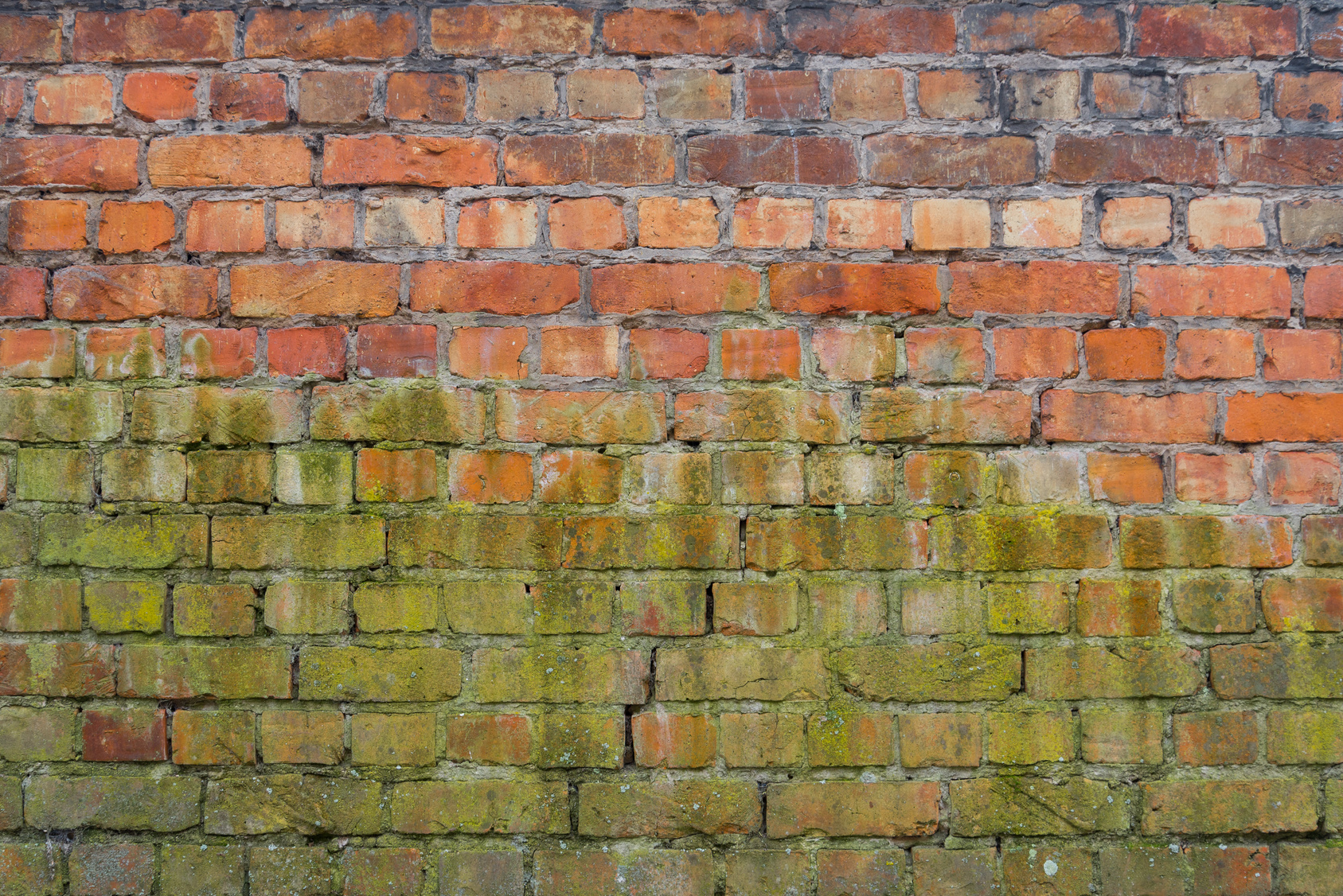Another allergenic mold that has toxic capabilities aspergillus is a common mold found in american homes.
Molded slimy damaged concrete ring wall.
Use a pressure sprayer and pure water to remove mold from concrete indoors and out.
Use a soft brush and work until signs of the mold disappear.
During the winter months when the temperature drops the cool surface of a concrete wall can cause condensation.
Mold growth on concrete due to humidity is typically diffuse and spread across a large area.
Another indication though imperfect is the presence of a mold smell.
Salts and minerals leaching out of concrete basements or walls form a white powdery crystals called efflorescence.
In time this elevated surface moisture creates an environment conducive to mold growth.
Scrub the surface mold stains from walls and wood trim with a mixture of one quart water and 1 2 cup bleach mold cleaner to kill the mold.
Indoors use a power sprayer and a wet vacuum at the same time.
Be aware that a too concentrated stream can leave a mark on your patio.
After scrubbing the surfaces allow the bleach solution to continue to penetrate the surfaces and dry.
It is called efflorescence.
It can be just a white powder on your concrete salt like crystals white fuzzy stuff or what looks like white stalactites growing on your concrete wall.
It is a scientific reaction.
These white deposits happen when water is drawn out of a cementious material.
Mold growth on a concrete wall due to excess humidity.
Set the power sprayer on the most effective nozzle setting to blow the mold off the patio.
It can form thick layers on the walls with its long flask shaped spores.
If you find a white mold like substance on sheet rock or wood you can certainly rule out efflorescence.
However since efflorescence is caused by water problem there are chances of mold growth too.
Wipe off but do not rinse these surfaces.
Efflorescence will only occur on concrete brick or other masonry structures.
Efflorescence is odorless while mold growth often produces a musty odor.
Dark black or grayish stains on the wall are a sign of mold.
It s always warm enough in your home for mold to grow even in the cold basement and household dust carries enough organic matter to feed it.
Mold in the house isn t just a problem for people with allergies or asthma.
Prevent mold and the health problems it causes with these basic tips from the experts at webmd.

